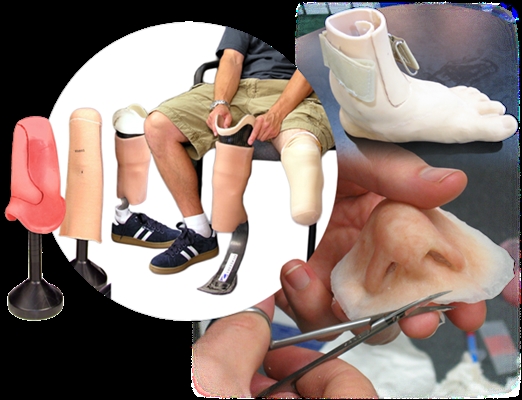Orthopedics, Orthotics & Prosthetics

This book is a sequel of a successful series dedicated to one of the fastest growing fields in orthopedics - arthroplasty. Aiming at dissemination of scientific research this book provides a profound overview of the recent evolution of technology and surgical techniques. New developments of implant design and current treatment strategies have been critically discussed by the contributing authors. The process of improving care for patients and standards of treatment requires straightforward access to up-to-date research and knowledge.
This book provides expert commentary on the following issues: cutting to prevent large-scale amputations in peripheral arterial disease and diabetes, optimal wound treatment in severe trauma, troubles of prostheses due to stump overgrowth in amputation in children.
This book includes a sport injuries section dedicated to Achilles tendon injuries in athletes and to ankle injuries in basketball players. The next section is about the management of pediatric and adult flatfoot deformity and the recent advances in this field. The third section is unique as it is about quality control in patients with foot and ankle injuries. I believe this section will be very helpful to foot and ankle practitioners to better asses the functionality and quality of life in their patients. The last section is on the third generation of percutaneous forefoot surgery and includes a novel system of Diabetes Ground Control. This book is a useful tool in your practice armamentarium.
This book describes tendons from different perspectives, thus providing the missing information in the literature. I hope that this book will be useful for anyone who wants to read about new perspectives on tendons. I also hope that it will inspire researchers working in this field.
The tibia is the larger, stronger, and anterior (frontal) of the two bones in the leg, which connects the knee with the ankle bones. The tibia, or shinbone, is the most fractured long bone in the body. In recent years, high-energy accidents result in comminuted tibia fractures or intraarticular fractures of the knee (plateau) or ankle (platform) that need immediate open reduction and internal fixation with anatomical plates or intramedullary nails. Intraarticular fractures with comminution or fractures with non-appropriate internal fixation predispose to post-traumatic knee or ankle arthritis. Conservative current therapies (injections of plate-rich plasma or stems cells) or high tibia osteotomies may delay the need of total knee arthroplasty. Tibia Pathology and Fractures analyzes all the up-to-date internal fixation or other operative or conservative therapies.